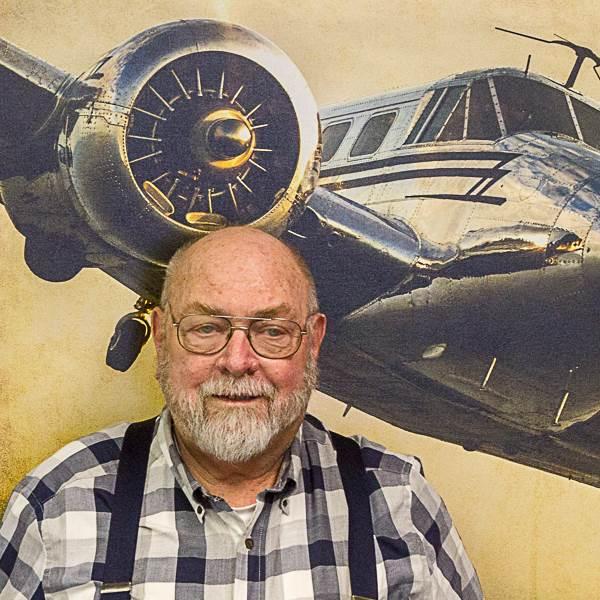Training and Safety Tip: Eyes out when steep
For Top Gun fans buying into the fighter pilot ethos, steep turns are one of the more exhilarating private pilot training maneuvers. With a little imagination, the rapid rate of turn can make it feel like the fight is on.
Steep turns can be graceful, flowing maneuvers providing a great deal of satisfaction when you nail the bank angle, maintain level flight, and roll out on the same heading on which you rolled into the turn.
After clearing the area of any collision hazards, set up for straight and level flight with the airplane well-trimmed, power set, and altitude held constant. Now, on the horizon directly in front of you, pick out a reference point like a lake, a mountain, or whatever catches your eyes. That becomes your rock-solid heading indicator.
With the reference point on the nose, apply coordinated rudder and aileron to begin the turn, rolling to a bank angle of roughly 45 degrees. Quickly glance at the attitude indicator to confirm your bank angle—then look outside again to track the horizon.
If the nose sinks a little, apply a bit of back-pressure on the elevator and trim slightly nose-up. You can bump the power up slightly, too. Maintain a smooth turn that holds your entry altitude with a tolerance of 100 feet higher or lower.
Increase or decrease the bank angle based on your last glance at the attitude indicator, then quickly reference the attitude indicator again to verify you’re within 10 degrees of the target bank angle.
Note where the nose is on the horizon, then peek quickly at the altimeter. If you’re a bit low, apply a small amount of back-pressure, if you’re high, ease that pressure a bit.
The maneuver can be completed in seconds. So, look for your reference point and roll out so that the nose is pointed right at it. Relax any additional elevator back-pressure. This should put you on the same heading and altitude you rolled in on, without ever having to look at the compass or directional gyro, airspeed indicator, or tachometer.
Remember, keep those eyes outside with just a few quick glances at specific instruments and you’ll quickly become the master of the steep turn.



